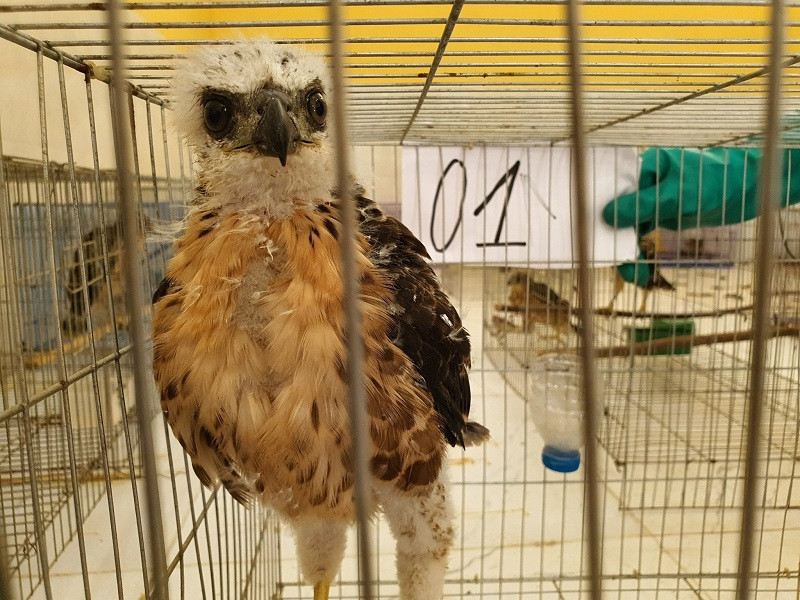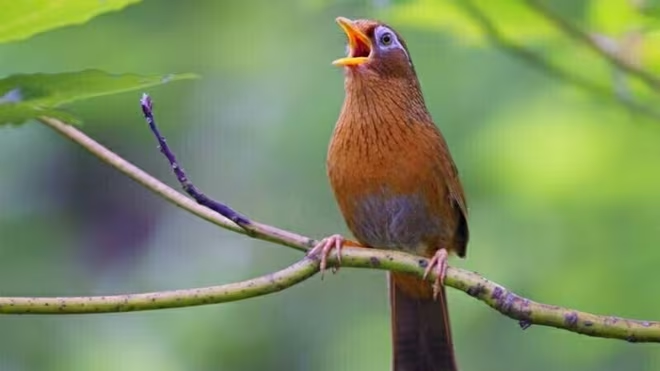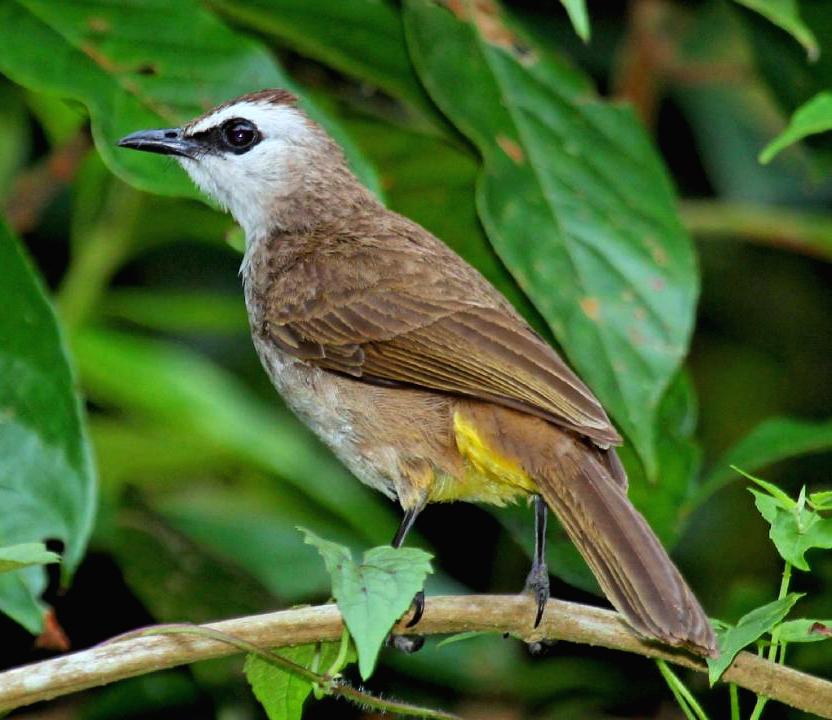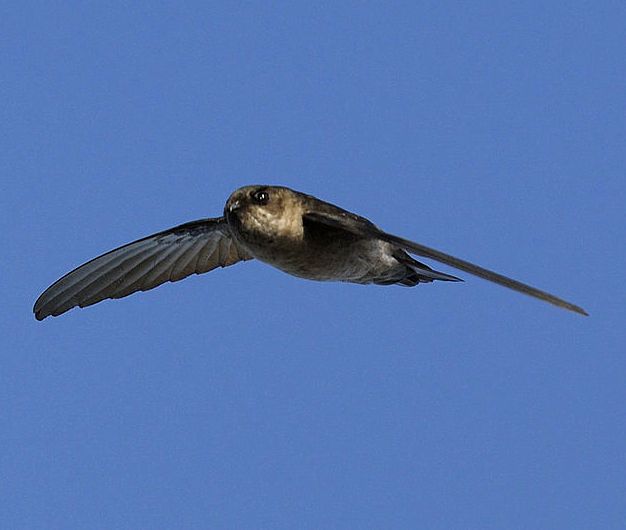 |
| Photo by Nick Athanas (Internet Bird Collection) |
Common name:
chapada flycatcher (en); suiriri-da-chapada (pt); tyranneau des isler (fr); fiofío de la chapada (es); chapadatyrann (de)
Taxonomy:
Order Passeriformes
Family Tyrannidae
Range:
This South American species is found in central and south-western Brazil, in Maranhão,Tocantins, Mato Grosso, Goiás, Mato Grosso do Sul, and in adjacent parts of eastern Bolivia.
Size:
These birds are 16 cm long and weigh 20-25 g.
Habitat:
The chapada flycatcher is dry savannas and scrublands, mostly in areas of cerrado at altitudes of 250-750 m.
Diet:
They mainly eat insects and other arthropods, but will occasionally also eat fruits.
Breeding:
Chapada flycatchers breed in September-December. The nest is basket made of plant fibres, lichens and dry leaves, lined with silk cotton, and placed in a fork in a tree or scrub up to 2 m above the ground. There the female lays 1-2 pale cream eggs, which she incubates alone for 15-16 days. The chicks fledge 18-19 days after hatching.
Conservation:
IUCN status – NT (Near-Threatened)
This species has a large breeding range and the population is described as rare to locally fairly common. The species was only described in 2001 and it declined by 30% since then. The main threats are habitat conversion for Eucalyptus and pine plantations, livestock farming, large-scale cultivation of soybeans, rice and other crops, and urbanization.










